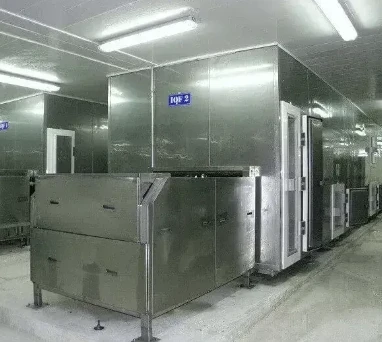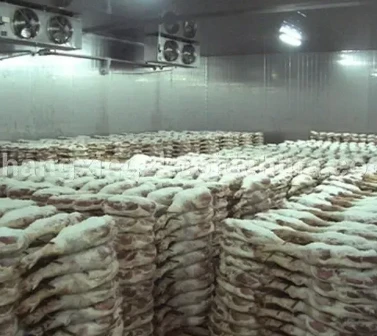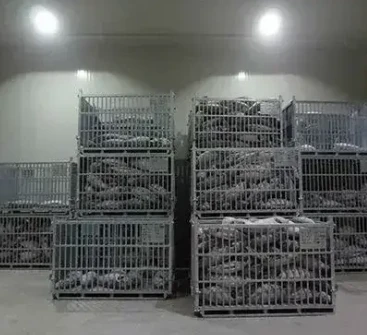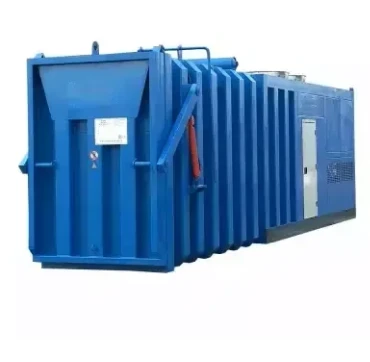Cold Room Sliding Door - High-Quality Custom Solutions Reliable Track Supplier & Manufacturer
- Introduction to cold room sliding door
and its significance in temperature-controlled facilities - Technical advantages and innovations in modern sliding door systems
- Comparative analysis of leading sliding cold room door factories
- Profiling reputable cold room sliding door track suppliers
- Customization options available for cold room sliding door systems
- Application case studies demonstrating practical results
- Conclusion with a forward-looking perspective on cold room sliding door industries
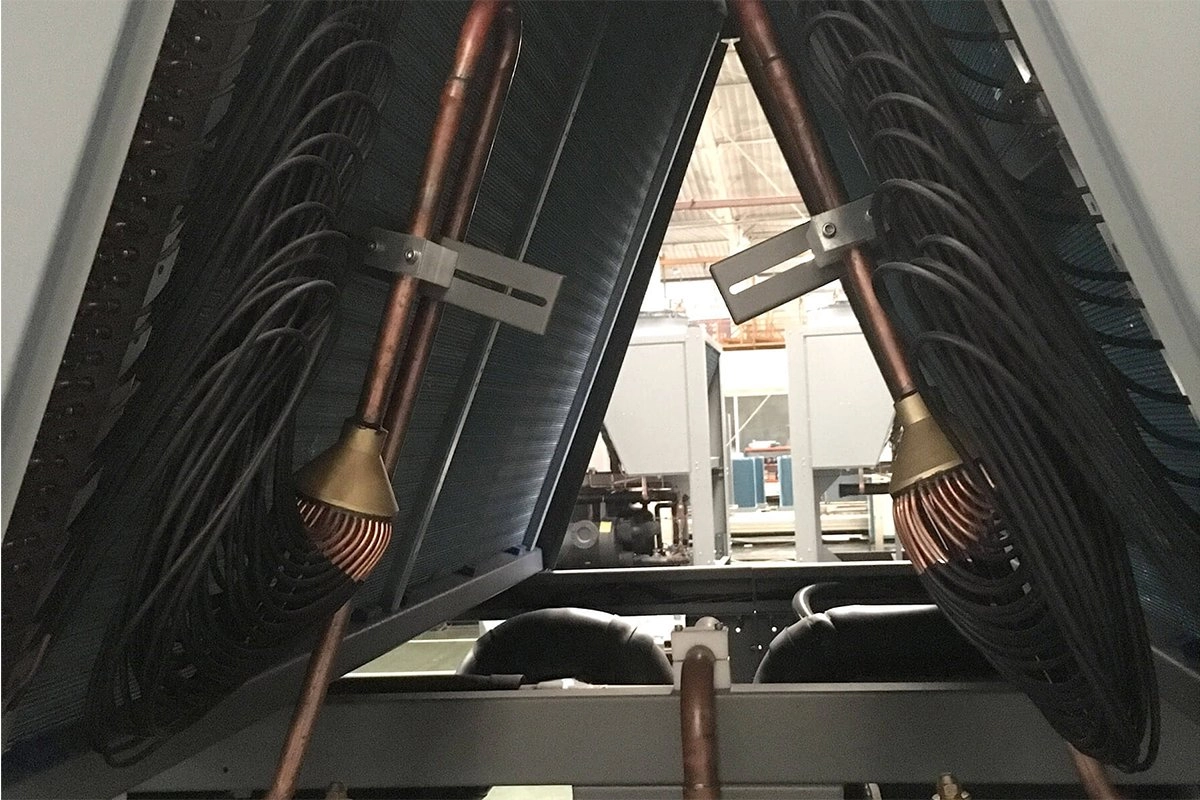
(cold room sliding door)
Understanding the Importance of Cold Room Sliding Door Solutions
Within the food processing, pharmaceutical, and chemical industries, precise temperature management is critical. A high-performance cold room sliding door is not only a gateway to controlled environments but also an essential barrier against temperature fluctuations and energy loss. With the global cold storage market valued at USD 118.6 billion in 2022 and expected to grow at a CAGR of 13.2%, the demand for robust and efficient cold room infrastructure has never been higher. Sliding doors are particularly favored due to their space-saving design, thermal insulation performance, and smooth operational mechanism.
By minimizing the air exchange between rooms and preserving the internal temperature, sliding cold room doors directly impact product shelf life and safety standards. Facilities utilizing upgraded cold room door systems have reported a 12-18% reduction in annual energy consumption. As sustainability and efficiency become central to industrial operations, the selection of suitable sliding door technology is a business-critical decision.
Technical Progress: Innovation Driving Sliding Cold Room Door Efficiency
Recent years have witnessed remarkable technological advancements in sliding door mechanisms. Core improvements include:
- Thermal Insulation: Polyurethane foam cores offering thermal transmission rates as low as 0.2 W/m²·K.
- Air Tightness: Multi-point sealing gaskets ensure air leakage remains under 0.5 m³/h·m².
- Automated Controls: Integration with access control systems, automatic opening/closing, and remote monitoring facilitate operational efficiency.
- Durable Sliding Tracks: Track profiles composed of anodized aluminum or stainless steel extend operational life beyond 500,000 cycles.
Comparative Analysis: Sliding Cold Room Door Factories
Selecting the right factory partner is pivotal for maximizing return on investment and ensuring compliance with global standards. Below is a comparative insight into top sliding cold room door factories based on production volume, technological sophistication, material quality, and global reach:
| Factory Name | Annual Production (Units) | Material Grade | Warranty (Years) | Export Markets | Customization Capability |
|---|---|---|---|---|---|
| PolarSeal Industries | 43,000 | 304SS & Polyurethane | 10 | EU, US, Middle East | High |
| Glacier Doors Co. | 37,500 | Alu-Alloy, HPU | 7 | Asia-Pacific, Africa | Medium |
| FrigoTech Manufacturing | 51,000 | Stainless Steel, PE | 8 | Global | High |
| Icetera Equipments | 39,000 | Galv. Steel, PIR | 5 | UAE, EU | Basic |
It is clear from the data that innovation-driven manufacturers with high customization capabilities and global presence tend to offer best-in-class cold room sliding doors. The diversity in material options and warranty durations also allows businesses flexibility in selecting products tailored to their operational needs.
Evaluating Cold Room Sliding Door Track Suppliers
The reliability of sliding door assemblies is intrinsically linked to the quality delivered by cold room sliding door track suppliers. Leading suppliers develop track systems using high-tensile aluminum, stainless steel, and corrosion-resistant coatings to ensure longevity alongside ultra-smooth movement. Track assemblies are engineered to support panel weights of up to 480 kg, minimize operational noise, and withstand sub-zero environments without warping or seizing.
Track profile options vary from overhead suspended, wall-mounted, to embedded rail systems. Partnering with a proven cold room sliding door track company is indispensable for seamless installation and maintenance. Data from industry field tests highlight that assemblies featuring double-sealed bearing roller carriages demonstrate a threefold increase in operational life compared to conventional track designs, dramatically reducing total cost of ownership.
Tailored Solutions: Customization in Cold Room Sliding Door Systems
Off-the-shelf products rarely satisfy the distinctive spatial and functional requirements faced by cold chain facilities. Modern manufacturers specialize in offering customization ranging from color profiles, locking systems, vision panels, integrated heaters, to unique track geometries that accommodate site constraints. In complex logistics centers, bi-parting doors or telescopic sliding panels are increasingly common.
Critical design adaptations include:
- Panel Thickness: Varying from 60mm to 150mm, depending on insulation needs
- Finish Materials: Food-grade stainless steel, antimicrobial coatings
- Access Controls: RFID, biometric, or keypad-based entry
- Gasket Types: Inflatable, magnetic, or blade seals for enhanced air-tightness
Application Case Studies: Real-world Results of Sliding Cold Room Doors
Real-world implementation amplifies the value of investing in optimized cold rooms. In 2023, a leading European fruit distribution hub retrofitted their aging hinge doors with state-of-the-art sliding door panels. The outcome was a 16.5% decrease in refrigeration load, contributing to estimated utility savings of USD 34,000 annually and an 18-month return on investment.
In another scenario, a pharmaceutical warehouse partnered with an advanced cold room sliding door track company to deploy rapid-sliding tracks integrated with touch-less access. This reduced average door opening times by 2.7 seconds per cycle and helped maintain internal temperature variance within ±0.5°C, crucial for vaccine storage. Such applications underscore the significance of the door-track integration and supplier competence in high-stakes, compliance-driven environments.
Conclusion: The Future Outlook for Cold Room Sliding Door Innovations
The evolution of cold room sliding door solutions – from material science to automation and bespoke engineering – continues to raise the bar for efficiency and reliability in temperature-regulated spaces. As market expectations shift towards greater sustainability and digital integration, manufacturers and suppliers are compelled to innovate, ensuring better energy performance, longer system life, and precise environmental control.
For stakeholders planning infrastructure upgrades or fresh installations, collaborating with leading sliding cold room door factories and high-integrity suppliers ensures robust long-term outcomes. With ongoing research yielding improvements in smart sensors, AI-driven access, and eco-friendly materials, the future for cold room sliding door optimization is both promising and disruptive.
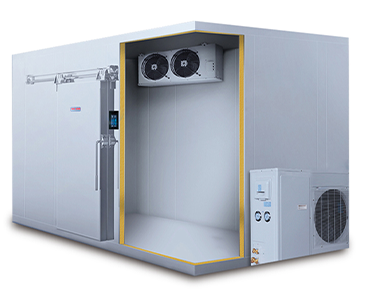
(cold room sliding door)













































































































